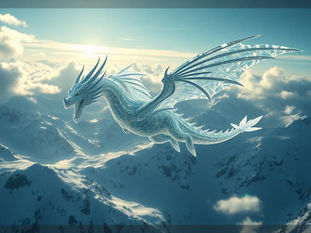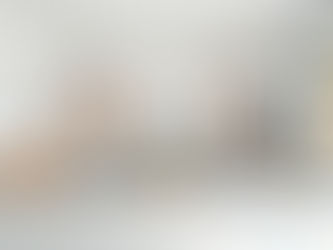
Refine Your Midjourney Images: A Guide to Key Settings
May 14
4 min read
0
3
0

Midjourney lets you turn words into stunning images. But did you know you can control much more than just the prompt? Learning how to use Midjourney's settings and parameters helps you get the exact look you want for your creations. This guide breaks down the main ways to adjust how Midjourney works, from image shape to artistic style and speed.
Accessing the Settings Menu
You can find the main settings menu by clicking the icon next to the text box where you type your prompts. This menu has several sections: Image Size, Aesthetics, Model, and More Options. Changes you make here become the default for your future images until you change them again.
However, many settings can also be applied to a single prompt. You do this by adding a "parameter" at the very end of your prompt line. Parameters start with two dashes (--). We'll look at examples for each setting.
Controlling Image Size (Aspect Ratio)
The aspect ratio is the shape of your image (like square, wide, or tall).
The default ratio is 1:1 (a square).
In the settings menu, you can select standard options like 16:9 (landscape) or 9:16 (portrait). You can also drag a bar to pick a custom ratio.
To set the aspect ratio for just one image, add the parameter `--ar` followed by the ratio to your prompt. For example, typing "house on the beach --ar 9:16" will make a tall image.
If you see a prompt used by others, look at the end for the `--ar` parameter to know the image's shape.
Choosing Your Model Options
Midjourney has different models and modes that affect the final look of your image.
Standard vs. Raw Mode
By default, Midjourney creates images with a distinct artistic style.
Raw mode (`--style raw`) helps create images that look more like photos or cinematic scenes, rather than having Midjourney's strong default aesthetic. It gives you more direct control.
Understanding Versions
Midjourney regularly updates its core software, creating new versions. Each version might have a slightly different style or better results for certain types of images.
The settings menu usually lets you pick from recent versions.
It's often best to use the latest version for the most current features and quality.
You can also try older versions to see how they interpret the same prompt differently.
To test different versions easily or manage prompts for various styles, consider using a dedicated tool like the Midjourney Automation Suite from TitanXT. It can help you keep track of which version works best for your creative needs.
The Niji Style
There is a special parameter for creating images in an anime style. You won't find this in the settings menu.
Add the parameter `--niji` to your prompt.
Using `--niji` with a prompt like "dog sleeping next to house" will give you anime-style results.
Adjusting Image Aesthetics
These settings control how artistic, unusual, or varied your results are.
Stylization
This setting controls how much Midjourney applies its artistic style. It ranges from 0 to 1000 (default is 100).
Higher stylization means more artistic results, but they might look less like your exact prompt.
Lower stylization sticks closer to your prompt but might be less artistic.
Weirdness
Weirdness determines how strange or unexpected your results will be. It ranges from 0 (default) up to 3000.
Setting a high weirdness value will give you very unusual images, even with a simple prompt like "house in the forest."
Variety (Chaos)
This setting (sometimes called Chaos) controls how different the four images in your grid are from each other. It ranges from 0 to 100.
Low variety means the results will look similar, following the same general idea.
High variety means the results will be very different, exploring multiple styles and looks from the same prompt. This is great for brainstorming when you don't know what you want.
Managing a wide range of tests with different variety or stylization settings can be time-consuming. Tools like the Midjourney Automation Suite can streamline testing and comparing results from various aesthetic settings.
Controlling Generation Speed
How quickly your images are created depends on your plan and these settings.
Fast mode (default) uses your plan's credits for speedy results.
Relax mode (for standard and higher plans) generates images slower but uses no credits, offering unlimited creations at a calmer pace.
Turbo mode generates images even faster than Fast mode but uses credits more quickly.
Personalizing Your Results
You can train Midjourney to understand your personal style and preferences.
To start, go to the personalization page and click "Unlock personalization" then "Start teaching."
Midjourney will show you pairs of images, and you click the one you like more (or skip if you don't like either).
After rating many pairs (around 200), you can turn personalization on.
With personalization on, Midjourney will try to produce images that match the style you've shown you like. With it off, you get broader results.
By understanding and using these settings and parameters, you gain more control over the images Midjourney creates. Experimenting is key to finding the perfect combination for your artistic vision.
Ready to take your Midjourney workflow to the next level? Explore how the Midjourney Automation Suite from TitanXT can help automate tasks, manage settings, and organize your creations more efficiently.






